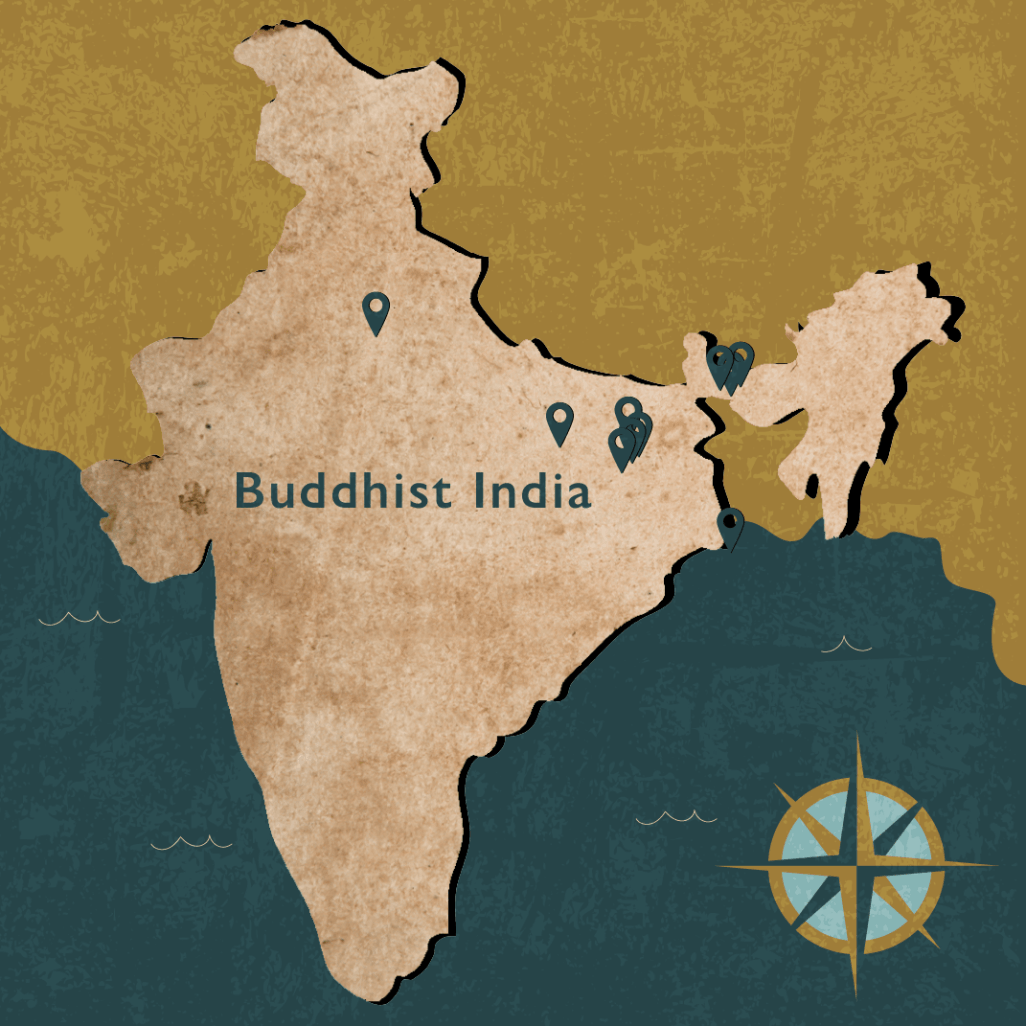


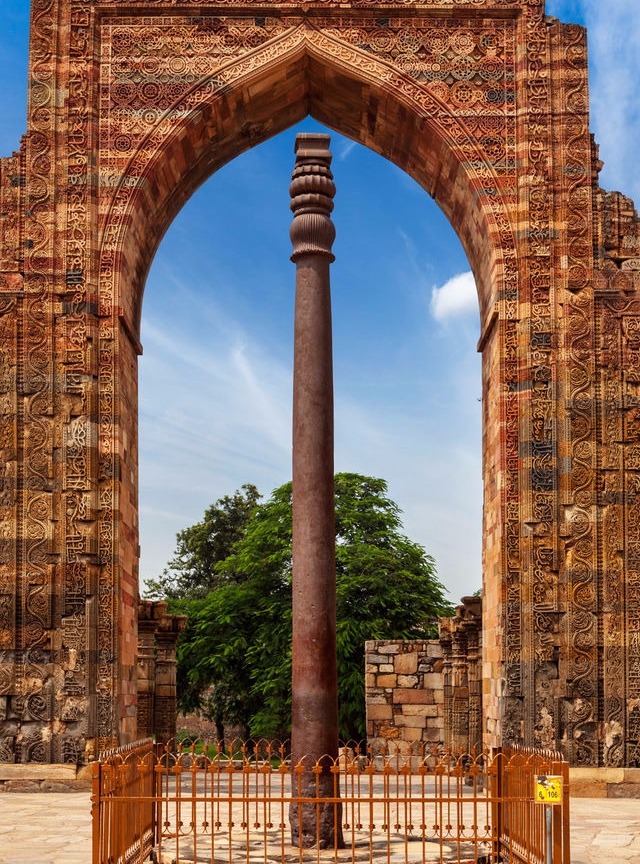
Arrive Delhi by an international flight. After clearing immigration and customs formalities you are met by a representative from First Tours India and transferred to Ambassador New Delhi located centrally near the famous Lodi Gardens and the Humayun's Tomb. The capital of India, Delhi is its third largest city with a population of over 16 million. Its strategic location has given it a focal position in Indian history and many great empires have ruled from here. The monuments and ruins of these are scattered throughout the city, often cheek by jowl with modern structures and high-rise towers.
Ambassador New Delhi


Enjoy touring of Old Delhi visiting the Red Fort (1639-1648) which reflects the grand but stultifying court etiquette of Shah Jahan. Enjoy a bicycle rickshaw ride to India's largest mosque Jami Masjid, the spiritual centre of Shahjahanabad. At this red sandstone mosque with bold marble carvings and intricate calligraphic inlay, the faithful stream in and out from the surrounding bazaars. Return to the hotel en route visiting Gandhi Memorial at Raj Ghat. This afternoon visit one of Delhi's most famous landmarks, the fluted red sandstone tower of Qutb Minar. Started in 1199, the tower tapers upwards from the ruins, covered with intricate carvings and deeply inscribed verses. Continue on to the 1564 Humayun's Tomb – the most arresting example of the synthesis of two of the great building styles of Asia – the Persian and the Indian. Humayun's red sandstone and marble tomb follow the octagonal form of the Delhi sultans' tombs with high central arches, fine proportions and incorporates the first "four-garden" that set the pattern for later Mughal memorials. Also explore the most grandiose and elegant Victorian section of New Delhi which contains the majestic government buildings conceived by Sir Edwin Lutyens and assisted by Herbert Baker.

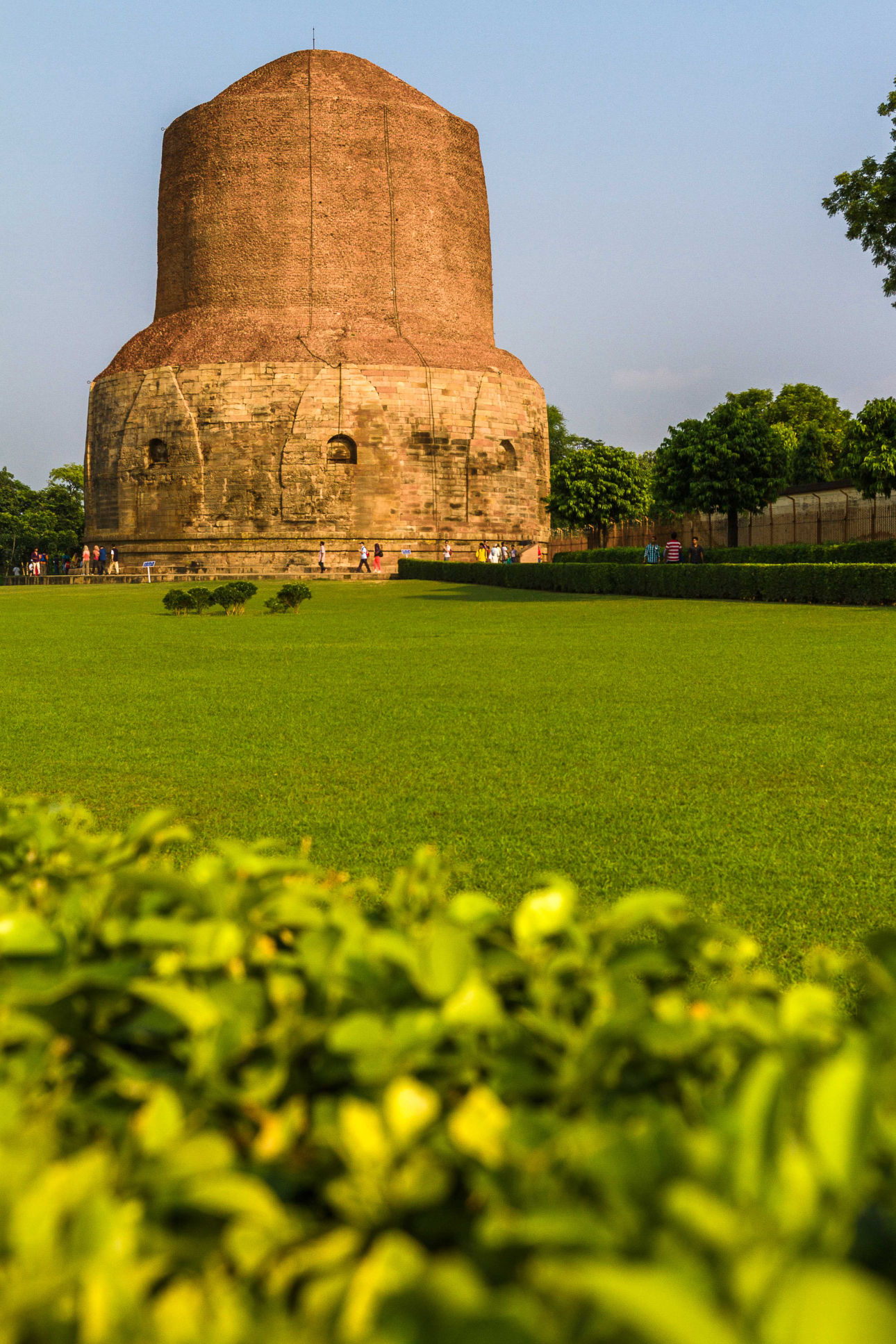
Fly to Varanasi, also known as Kashi - the City of Light and India's holiest Hindu city with a spiritual and religious legacy that goes back nearly 3000 years. Arrive Varanasi and transfer to Taj Ganges, located in the Nadesar Palace grounds in 40 acres of greenery. This afternoon drive 6 miles northeast of Varanasi to visit Sarnath, where in the 6th century BC Siddhartha Gautama – who came to be known as the Buddha, the "Awakened One" - gave his first sermon and set in motion the Wheel of Law. Also visit the Archaeological museum that exhibits a superb collection of Buddhist artifacts including the Ashokan lion capital in polished sandstone, India's national emblem. Later in the evening visit the Ghats and watch Ganga Aarti, a much awaited daily ritual, where the river Ganga is propitiated for all the bounty that she bestows on the Indian plains. The Ghats along the banks of the river Ganga look breathtakingly beautiful as earthen lamps and marigold flowers illuminate the holy waters.
Taj Ganges

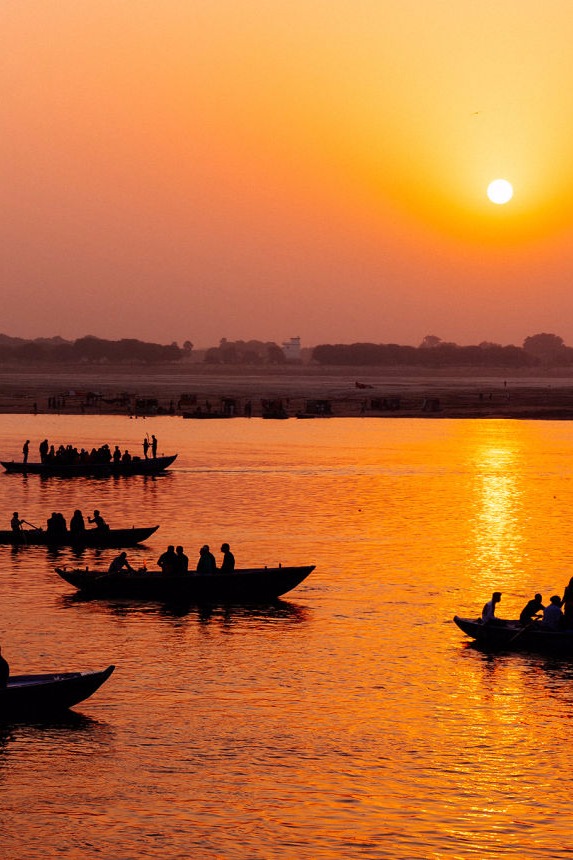
Stretched along the crescent of the holy river Ganga born in heaven and descended to earth - Varanasi's waterfront is dominated by "landings" where pilgrims come for their daily ritual ablutions. Early in the morning enjoy a sunrise boat ride on the Ganges when the temples along the river fronts are bathed in soft light of the rising sun. The people of Varanasi trickle out of the labyrinthine lanes and head for the Ghats at dawn to perform Yoga Asanas, take a ritual dip and offer flowers and incense to the river. Following this, visit Vishwanath temple and walk through the old bazaars. Return to your hotel for breakfast. Later take a flight to Bodhgaaya. A quiet hamlet on the banks of river Falgu, Bodhgaya is the most important of the main four pilgrimage sites related to the life of Buddha. The other three being Kushinagar, Lumbini and Sarnath. On arrival transfer to Lotus Nikko located adjoining to the Mahabodhi temple complex. In the evening visit the Mahabodhi temple complex to witness Aarti Ceremony, the festival of lights.
Lotus Nikko Bodhgaya

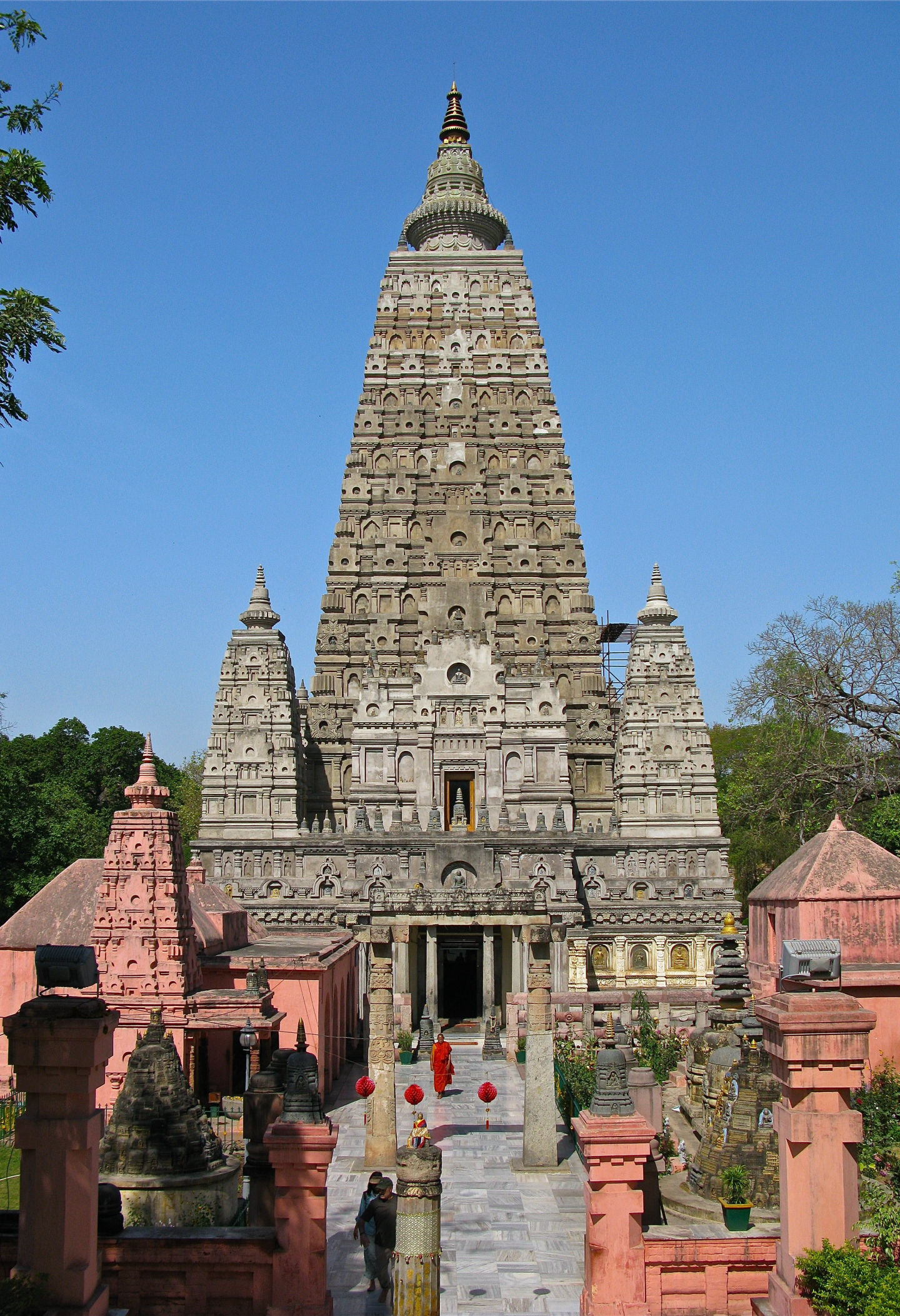
In the morning revisit the Mahabodhi temple complex, a UNESCO World Heritage Site whose soaring pyramidal spire dominates the landscape. The temple is enclosed on three sides by a 1st century BC stone railing carved with lotus medallions and scenes from the Buddha's life and includes the Bodhi tree under which the Buddha meditated before he attained enlightenment. Also visit Buddhist temple and monasteries set-up by the people of Bhutan, China, Japan, Myanmar, Nepal, Sikkim, Sri Lanka, Taiwan, Thailand, Tibet and Vietnam in a wide area around the Mahabodhi temple. These buildings reflect the architectural style, exterior and interior decoration of their respective countries. The statue of Buddha in the Chinese temple is over 200 years old and was brought from China. The Bhutanese and Tibetan monasteries are filled with colorful murals and prayer wheels and are always thronged by red-robed monks. Japan's Nippon temple is shaped like a pagoda. The Thai temple has a typical sloping, curved roof covered with golden tiles. Inside, the temple holds a massive bronze statue of Buddha. Next to Thai temple is 25 meters statue of Buddha located within a garden. In the afternoon visit the Archaeological museum that houses beautiful sculptures and fragments of the original 3rd century BC temple railing, bronze and stone images of the Buddha from the 8th to 12th centuries and posts from the original Mahabodhi temple.


Travel overland to Rajgir, the erstwhile capital of the Magadhan Empire. Surrounded by five holy hills, the picturesque little village of Rajgir is held sacred by both Buddhists and Jains. Both Buddha and Mahavir spent many months meditating and preaching here. The hills around are dotted with Jain temples, the ruins of monasteries and meditation caves. Visit the Griddhrakuta Hill or "Vulture's Peak", a site much venerated by Buddhists, where Buddha preached two of his most famous sermons and converted the Magadhan King Bimbisara. Continue on to visit the seven Saptaparni caves on Vaibhava Hill where the First Buddhist Council met soon after Buddha's death to record his teachings. Proceed to the Japanese-built marble and sand stone Vishwa Shanti Stupa on Ratnagiri Hill which has four gilded statues of the Buddha. Enjoy hot lunch at Indo Hokke Hotel and drive to Nalanda that houses the ruins of one of the world's oldest universities founded in the 5th century. The Buddhist University of Nalanda had over 5,000 international students and teachers and a library of nine million manuscripts. Built on a hallowed site where the Buddha had often stayed, the university flourished until 1199 AD, when it was looted and destroyed by the Turkish raider, Bhaktiar Khalji. Explore the evocative ruins of Nalanda which still convey a vivid impression of the serene and ordered life of contemplation and learning that prevailed here. Also visit the Nalanda Museum that has an excellent collection of antiquities excavated from Nalanda and Rajgir. After sightseeing drive to Patna airport and board your flight to Kolkata. Arrive Kolkata and transfer to The Oberoi Grand, a centrally located luxury hotel characterized by its Victorian architecture.
The Oberoi Grand

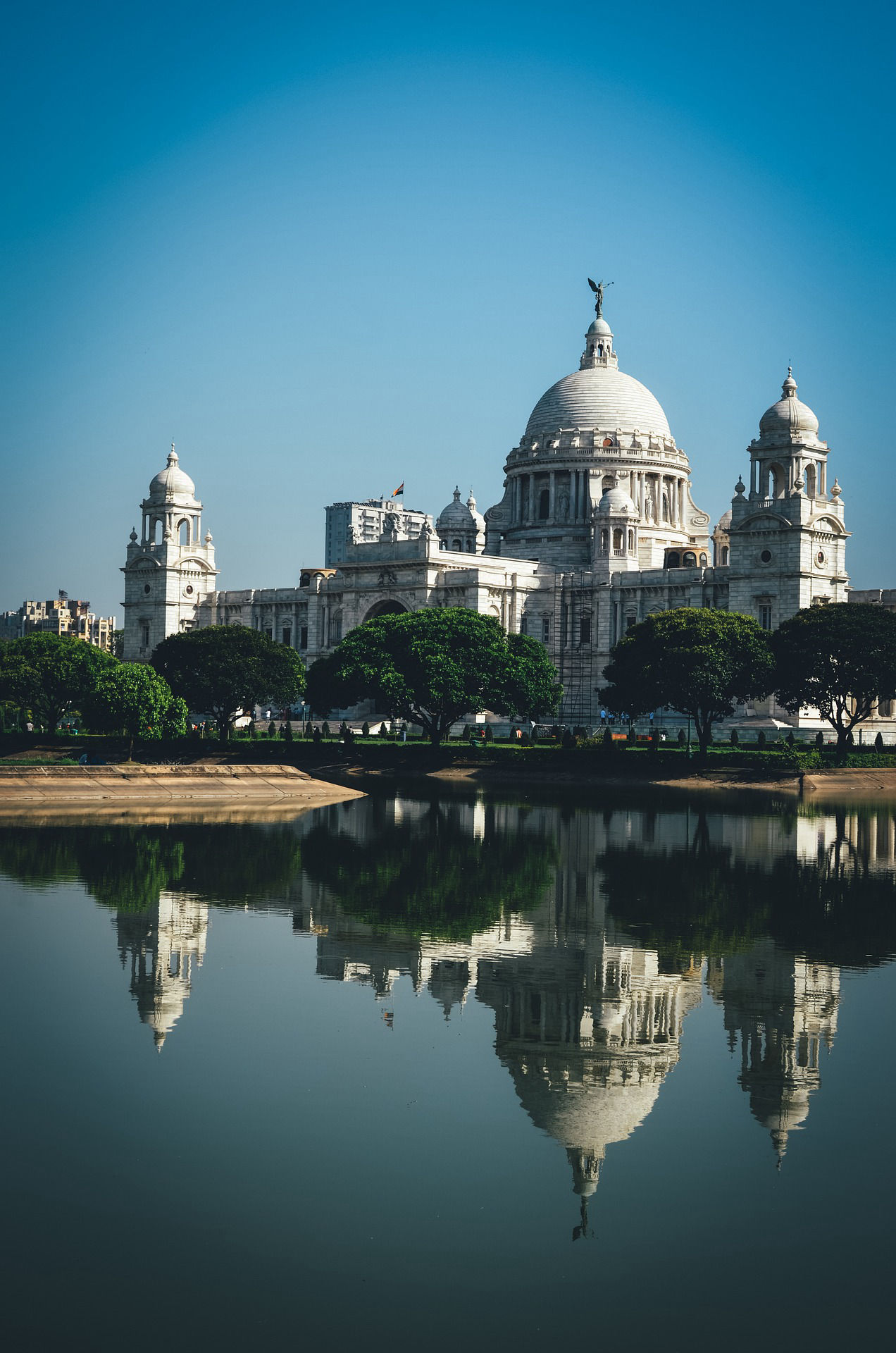
Formerly known as Calcutta, Kolkata was the showpiece capital of British India in 19th century during the heyday of the Raj. This greatest colonial city of Orient located on the east bank of River Hooghly was established by English merchant trader Job Charnock in 1690. Begin the day with a visit to the flower market and wrestling grounds on the banks of Hooghly River. Afterward visit the Writers' Building, General Post Office, Raj Bhawan, Calcutta High Court and the Town Hall at Dalhousie Square. After visiting St. John's Church proceed towards the north of Kolkata to visit Indian Coffee House at College Street, Kumartuli and the Paresnath Jain temple. Return to the hotel en route visiting the Howrah Bridge - the world's largest cantilever structure. Enjoy sightseeing this afternoon visiting Victoria Memorial, the Raj's finest architectural legacy, named after Queen Victoria. The city's most celebrated landmark was conceived by Lord Curzon, one of British India's most flamboyant viceroys to commemorate the British Empire at its peak. The building was designed by Sir William Emerson and the main attraction is the huge statue of the Young Queen Victoria, which is flanked by two ornamental tanks. The day ends with a visit to the oldest and largest museum in India, the Indian Museum, founded in 1814. The imposing building designed by Walter Granville is noted for its impressive collection of artifacts from the 2,500 BC Indus Valley Civilization, sculpture from Gandhara, a fine collection of 5th century Gupta coins and the superbly sculpted railings from the 2,000 year old Bharhut Stupa. Episodes from Buddhist scriptures, events from the Buddha's life and scenes from daily life are carved on the Bharhut railings.

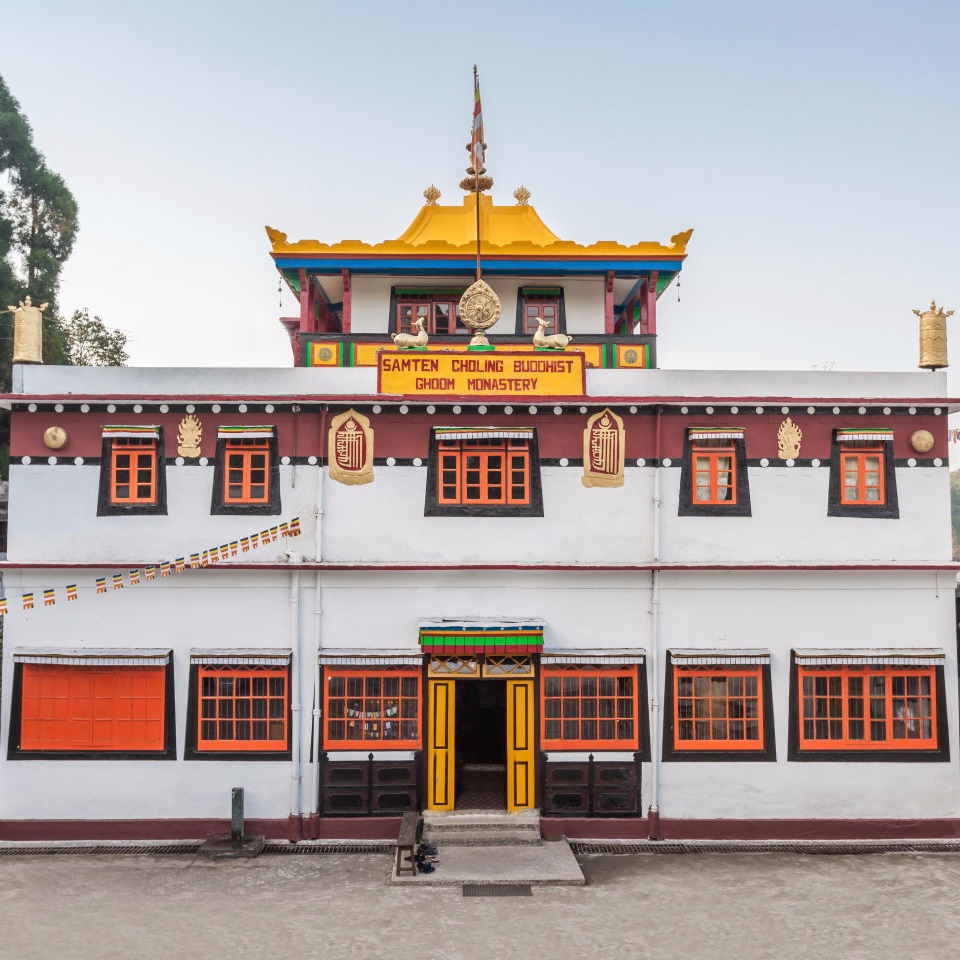
Fly to Bagdogra and enjoy a spectacular journey overland through rolling hills covered with lush green tea gardens and scattered villages to Darjeeling. The name Darjeeling derives from the monastery of Dorje Ling, meaning Place of the Thunderbolt which once stood on the Observatory Hills. In 1849, the British annexed the area and Darjeeling became a part of British India. The Darjeeling Himalayan Railway was opened in 1881 and the town became the de-facto summer capital of India during the days when the Raj was governed from Kolkata. Today, much of Darjeeling's Raj splendor is still in evidence and contrasts with its Tibetan, Nepali and Bengal character. Arrive Darjeeling and check-in to the most celebrated of Darjeeling's hotels, The Windamere. Situated on the historic Observatory Hill, a Darjeeling landmark, the hotel overlooks the Chowrasta, the town's exclusive promenade. From Observatory Hill, one can glimpse Tibet, Bhutan, Nepal and Sikkim against a stupendous backdrop of twenty of the highest mountain peaks in the world.
Windamere Hotel

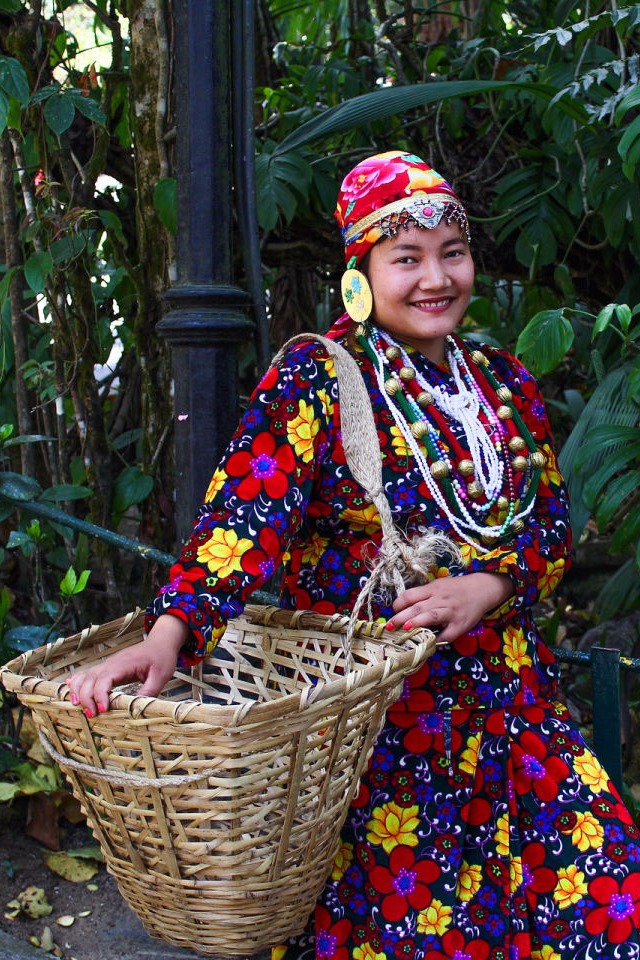
Early morning enjoy an excursion to the Tiger Hill before dawn to see sunrise over the Mt. Kanchenjunga, India's highest peak. Return via Ghum Monastery built by Lama Sherab Gyatso in 1875. It is the largest of the three monasteries in Ghum and follows the Gelugpa or Yellow Hat sect of Tibetan Buddhism. There is a 15-feet high statue of Maitreya Buddha and images of Buddha's disciples, Chenrezi and Chongapa in the monastery. It also has murals of Buddhist deities and beautiful frescos in the prayer hall. Later in the afternoon visit Tibetan Refugee Self-help Centre, a rehabilitation centre for the Tibetan refugees in the Darjeeling Himalayan hill region. Located at hillside Lebong in Darjeeling, it was established in 1st October, 1959. The centre's main activity is production of Tibetan handicrafts. Rest of the day is at leisure. You may wish to explore the heart of Victorian Darjeeling, the Mall, the Planter's club and Happy Valley Tea Estate.

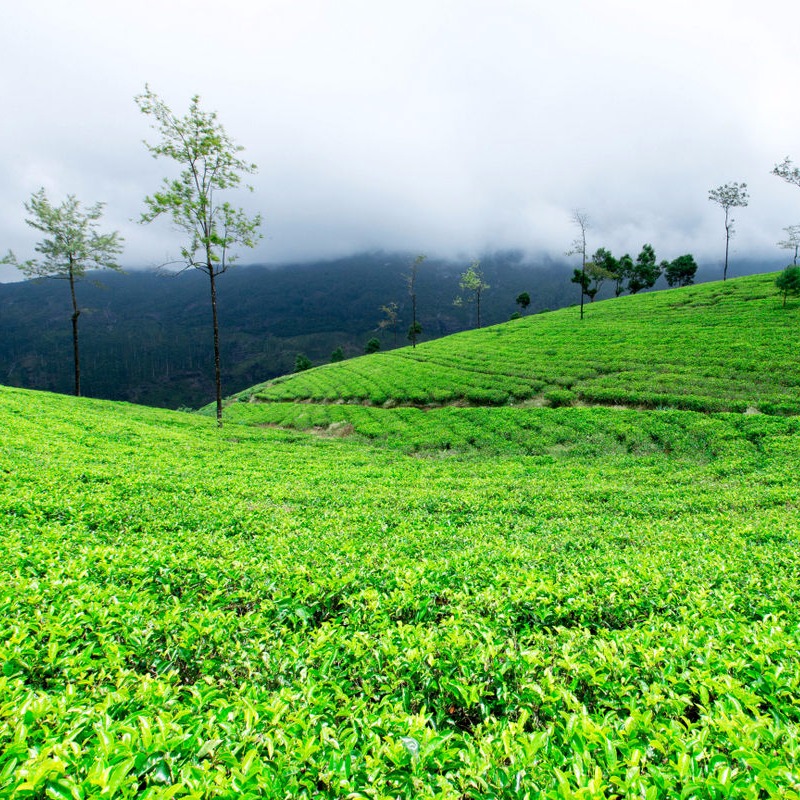
Drive overland through rolling hills carpeted with tea plantations, winding rivers and scattered villages decorated with Buddhist prayer flags to Pelling. En route visit Khandrotshang Caves, enjoy a picnic lunch and proceed to Pelling. A small town in the West Sikkim district, Pelling sits on a ridge at an altitude of 7200 feet and herald excellent view of the Himalayas and Mt. Kanchenjunga. Arrive Pelling and check-in to Elgin Mount Pandim. Set in 8 acres of virgin forest and landscaped gardens, it evokes the charm created by its previous owners, the royal family of Sikkim. The three- hundred year old Pemayangtse monastery is right next to the resort on a verdant hill top covered by moist temperate Oak forests. It also offers an excellent vantage point for watching rare birds including the Green-tailed sunbirds, Rufous-gorgeted Flycatchers, Scimiter Babblers and Laughing thrushes.
Elgin Mount Pandim

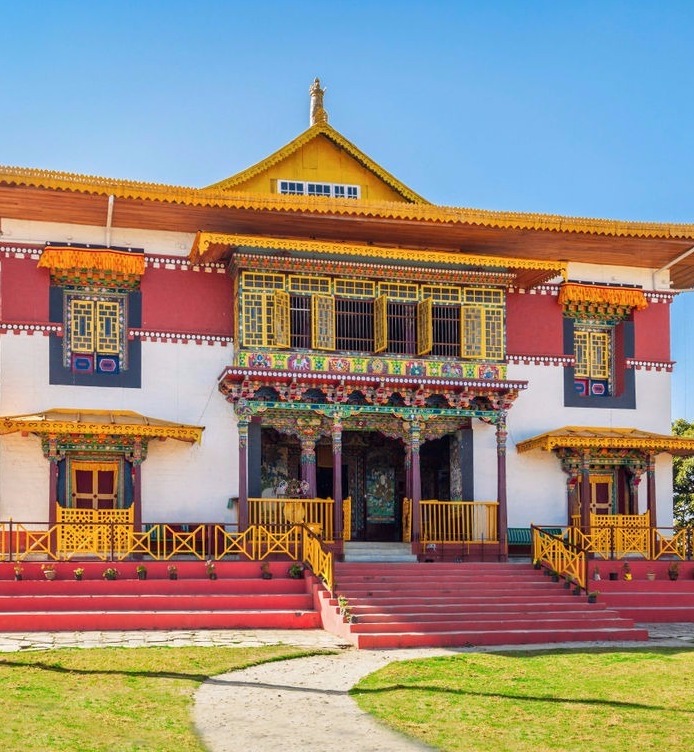
Set off the day visiting Pemayangtse monastery, built during the reign of the 3rd Chogyal Chador Namgyal in 1705. Surrounded by picturesque monk's quarters and outhouses, the austere three-storied main monastery is a treasure house of beautiful thangkas, murals and images with a breathtaking intricate model of Zangdopelri, the seven-storied celestial home of Guru Padmasambhava on the top floor. Later visit the ruins of Rabdentse Palace. Now in ruins, Rabdentse was the second largest capital of the former kingdom of Sikkim from 1670 to 1814. From the vantage point of the palace superb view of Mt. Kanchenjunga can be witnessed. Northern wing of ruins of the palace was the residence of the royal family. On the southern wing common people were given audience by the king. In the afternoon walk through thick woods to the Sanga Choelling Monastery. Established in 1697 by Lama Lhatsun Chempo, this is one of the oldest monasteries in Sikkim. It has many colorful mural paintings and clay statues dating back to 17th century. The location of the monastery provides excellent scenic and panoramic view of all around.


Travel through the picturesque green river valleys with excellent views of the peaks and glaciers of the Kanchenjunga range to Tashiding. Built in 1716, Tashiding Monastery stands on the summit of a heart-shaped hill, where Guru Padmasambhava is said to have shot an arrow and then meditated on the spot where it fell. Surrounded by chortens, mani stones, water driven prayer wheels and the Ratong and Rangeet rivers with Mt. Kanchenjunga looming behind the hill, this is a magical spot. During the annual festival Bumchu it attracts large crowds from all over Sikkim. After visiting the monastery proceed to Gangtok, the capital of Sikkim. Situated on a high ridge at an altitude of 5,840 feet, Gangtok spills precariously down the ridge where Lepchas live alongside Tibetans, Bhutias, Nepalis and Indians from the plains. The bustling streets of Gangtok are lined with brightly painted pagoda roofed houses. Sikkim was an independent state with deep cultural ties to its northern neighbor Tibet until 1975, when its people voted for a merger with India. Arrive Gangtok and check-in to Elgin Nor-Khill Gangtok. Built by the King of Sikkim in 1932, it is the oldest luxury heritage hotel in Gangtok.
Elgin Nor-Khill Gangtok


Drive 15 miles southwest of Gangtok to Rumtek Monastery, one of the few Tibetan monasteries outside Tibet. It is the headquarters of the Kagyupa (Black Hat) sect, one of the oldest Tibetan Buddhist sects and the seat of its head, the Gyalwa Karmapa. Rumtek is an impressive complex filled with treasures brought from the monasteries in Tibet. The carvings and wall hangings of the monastery are remarkably fine and highly prized works of art. Especially splendid is the reliquary chorten of the 16th Karmapa made of silver and gold and studded with corals, amber and turquoise. Later visit the Research Institute of Tibetology, a museum of medieval Buddhist scriptures, ritual objects, bronzes and embroidered thangkas. After lunch visit the fascinating Government Institute of Cottage Industries where tribal Sikkimese produces traditional handicrafts including handloom weaving, woodcarving, thangka painting and carpet-weaving. Also visit the early 20th century Enchey Monastery, whose large prayer hall is full of murals and images representing the pantheon of Mahayana Buddhist deities. End the day with a visit to the colorful markets of Sikkim.

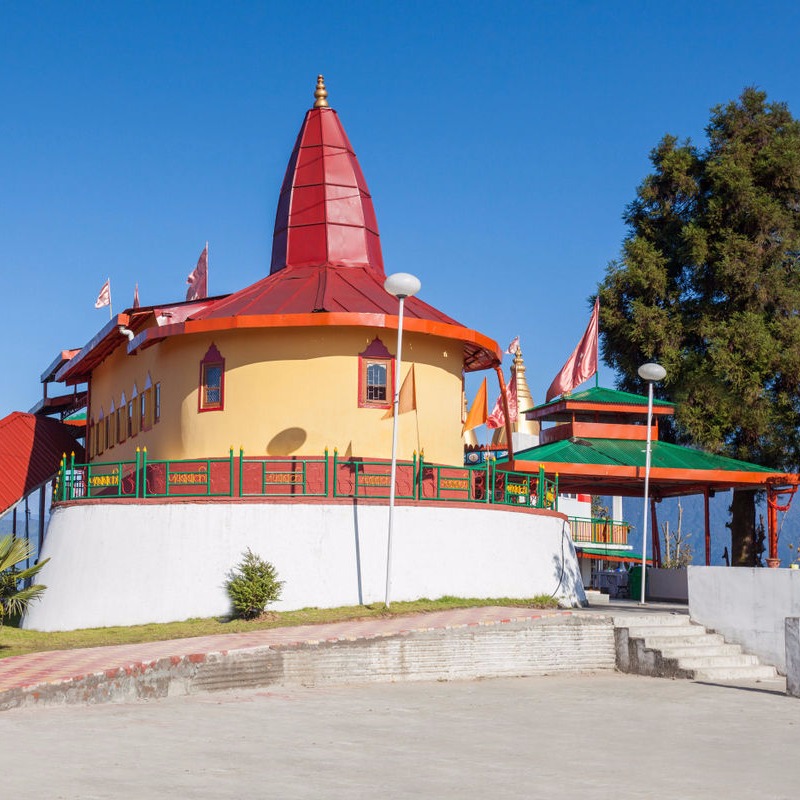
Today depart Gangtok and enjoy a spectacular drive to Kalimpong. Set in beautiful wooded mountain scenery, Kalimpong, a remote hill station has been a meeting point of the once 'three Closed Lands' on the trade route to Tibet, Bhutan and Nepal. It was once part of Sikkimese and then Bhutanese territory, before it became part of British India in the 19th century. Arrive Kalimpong and check-in to a luxury boutique hotel Elgin Silver Oak Kalimpong. In the afternoon visit Thongsa Monastery, the oldest monastery of Kalimpong built in 1692. Proceed further north to the Tibetan monastery at Tripai, the Tharpa Choling. It has a library of Tibetan manuscripts and thangkas. Later visit the Zangdopelri Monastery. It was blessed by the Dalai Lama in 1976 and has some interesting three dimensional mandalas. End the day with a visit to the traditional local market at the 10th Mile. It draws colorful villagers who come to sell fruits, vegetables, traditional medicines, woolen cloths, yarn and much more.
Elgin Silver Oak Kalimpong

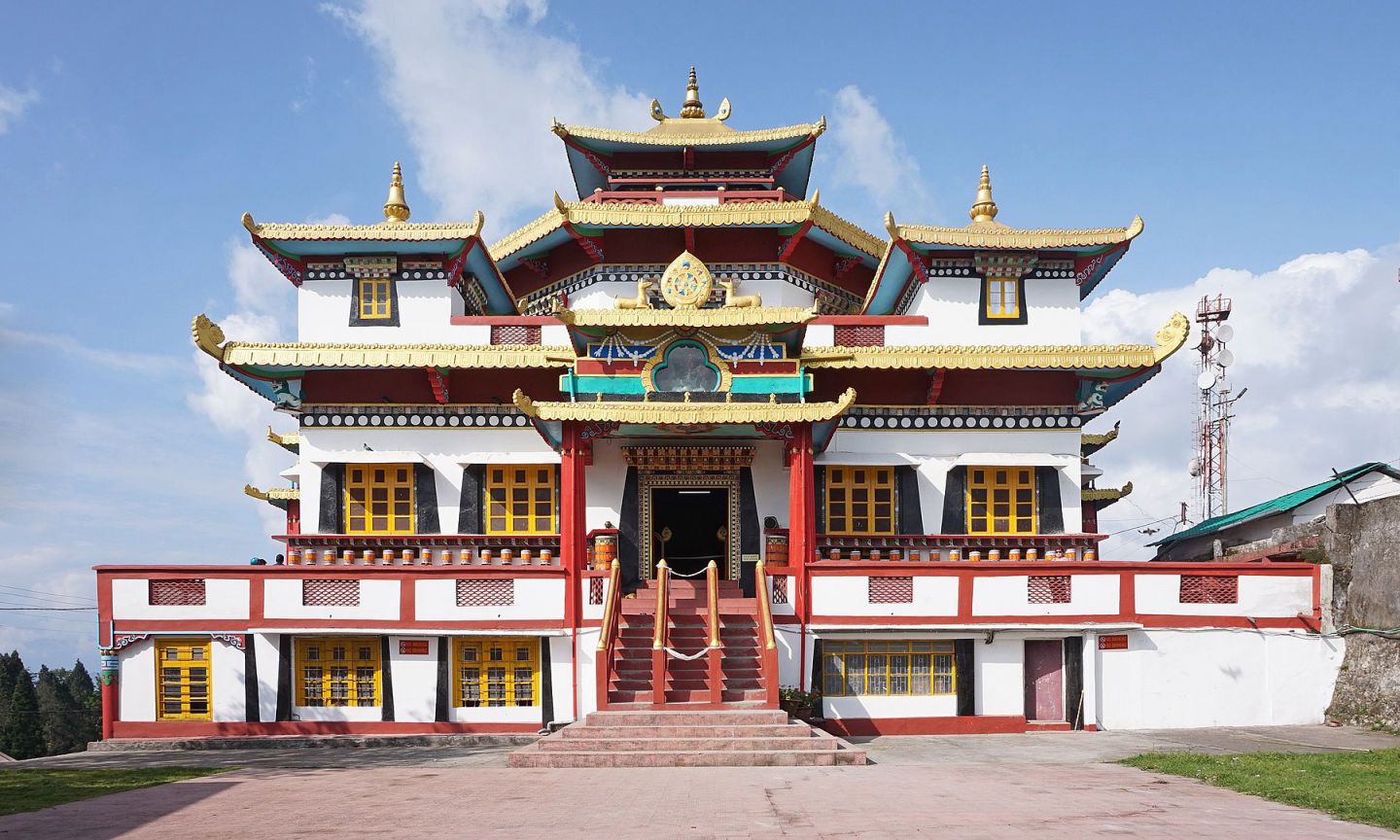
After a leisurely breakfast drive through quaint clusters of hamlets amid paddy fields to Bagdogra airport and board your flight to Kolkata. Arrive Kolkata and board your homebound flight with colorful memories that will add untold pleasure to last for a lifetime.
